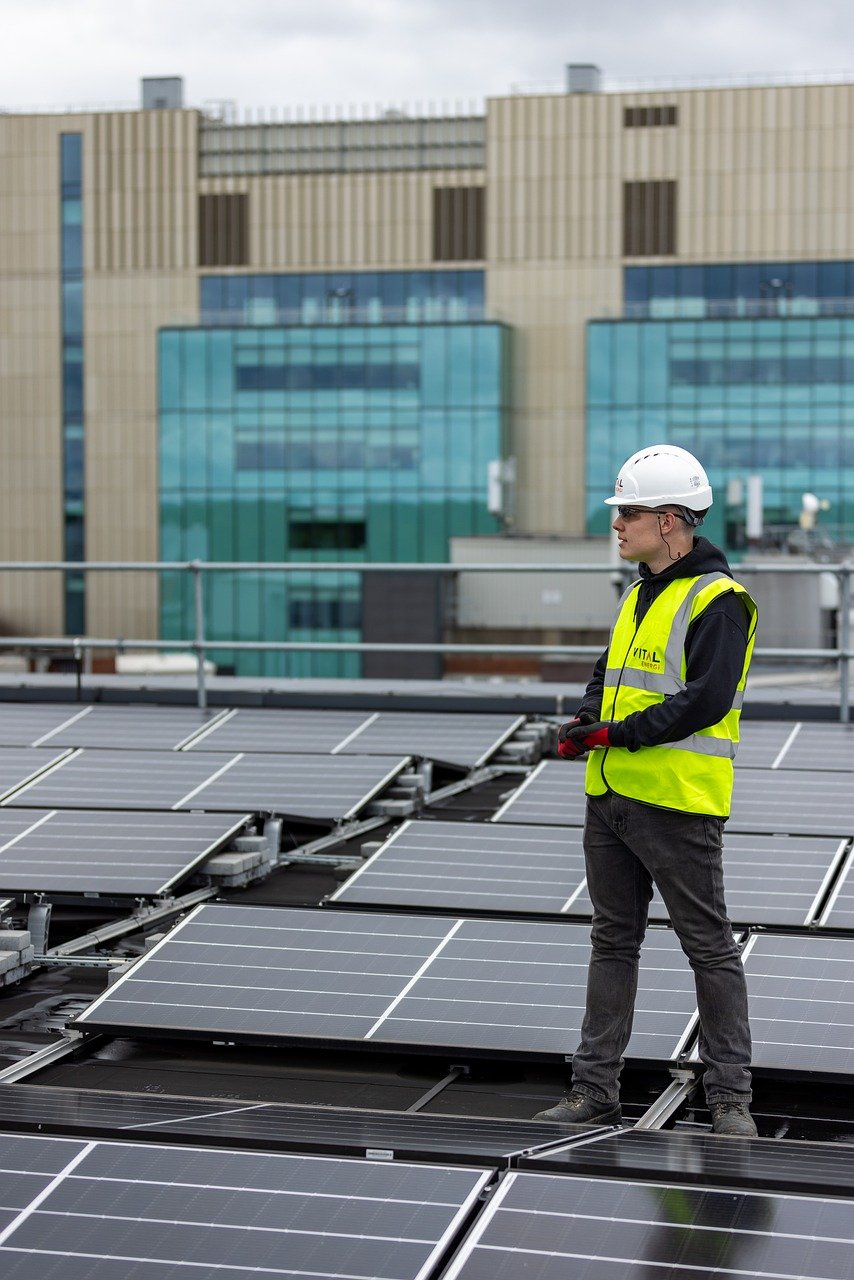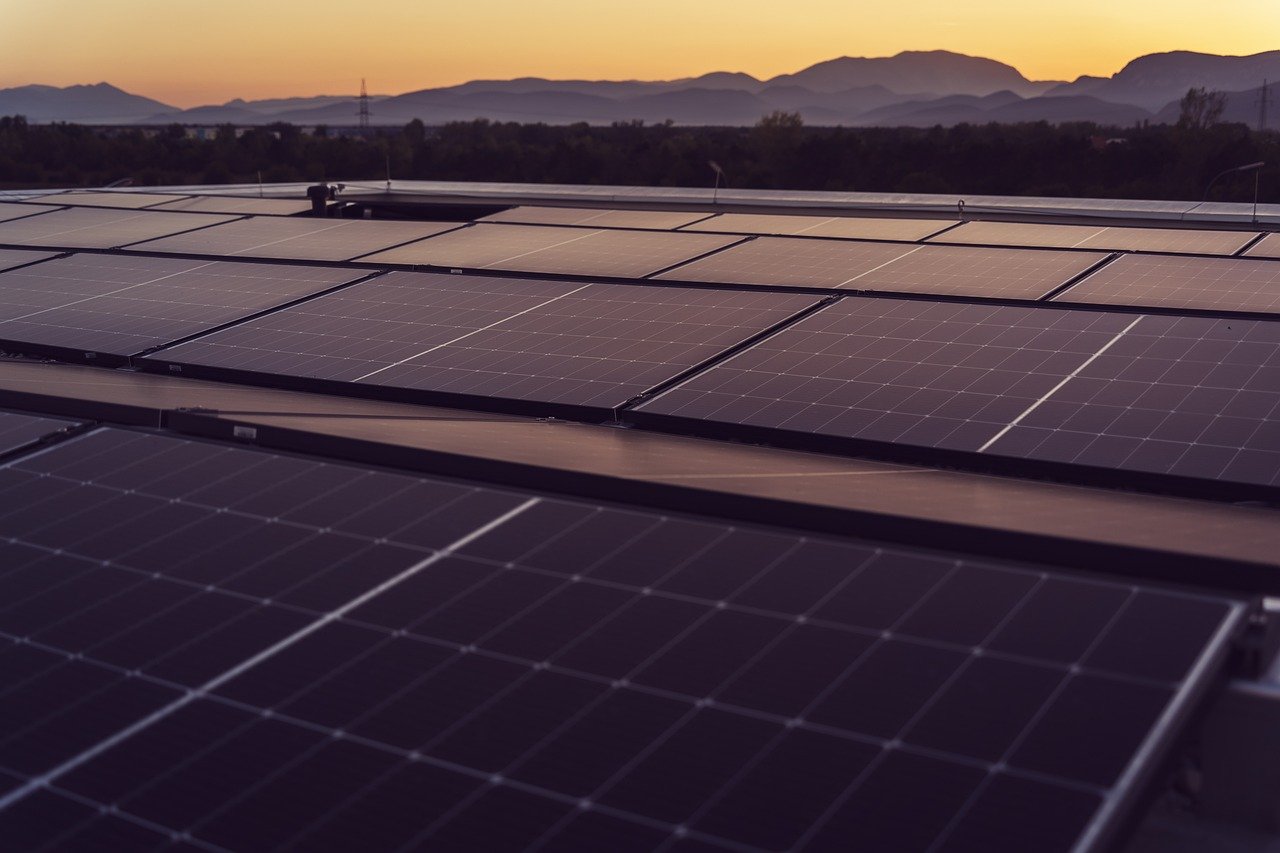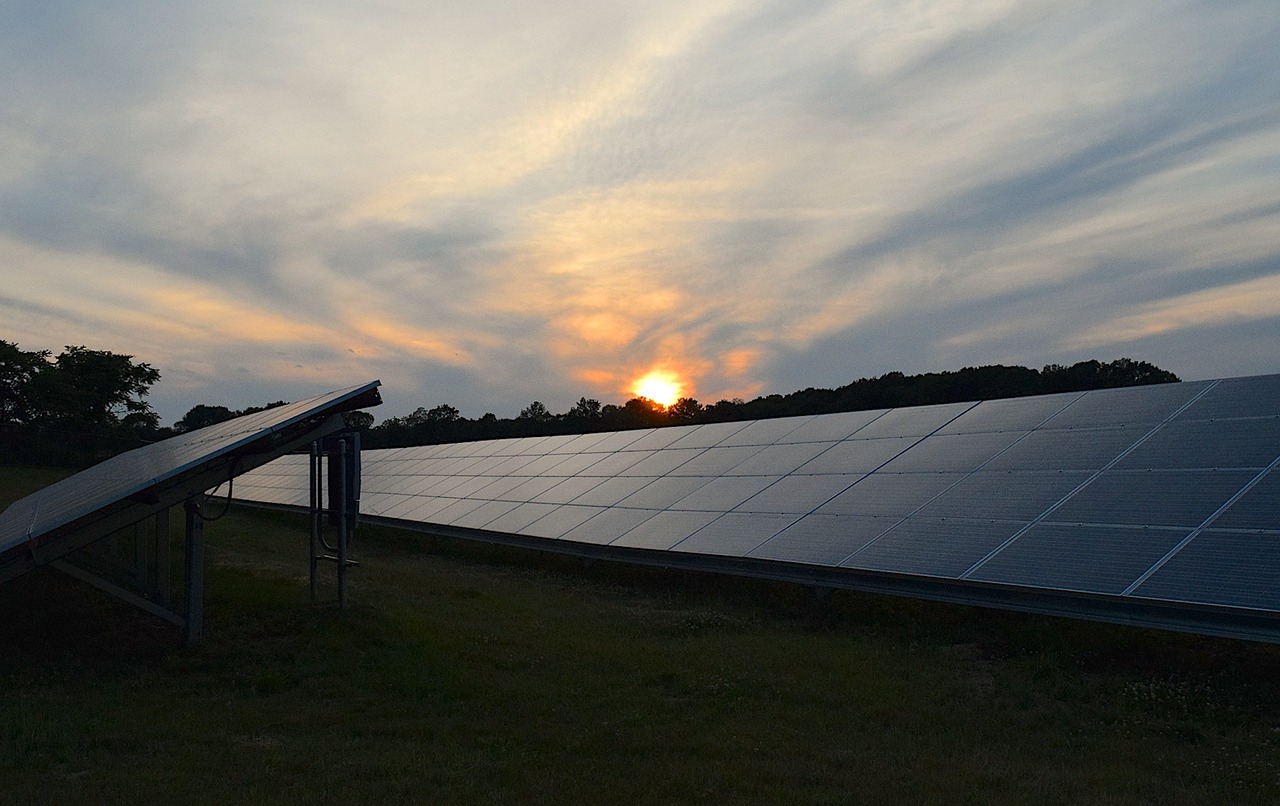Shading is one of the most significant challenges in solar power generation. Whether caused by trees, nearby buildings, or other obstructions, even partial shading on a solar panel can drastically reduce the overall energy output. Traditional solar systems with string inverters struggle with this issue, as shading on just one panel can cause the entire system’s performance to drop. Fortunately, microinverters offer a robust solution to this problem, ensuring that solar panels continue to generate power efficiently, even when shaded.
The Shading Problem in Traditional Solar Systems
In a traditional solar power system using a string inverter, multiple solar panels are connected in series. The string inverter manages the energy production of the entire array. However, in such systems, if one panel is shaded, the output of that panel will be reduced. The problem is that the energy output of the entire string is limited by the lowest-performing panel. This means that even if most of the panels are receiving direct sunlight, the shaded panel will cause a significant decrease in the total energy production. In extreme cases, shading on just one panel can result in the whole system underperforming.
This problem becomes even more pronounced in areas with partial or unpredictable shading, such as urban rooftops where buildings, trees, or other structures may cause shadows at different times of the day. For solar users in such environments, maximizing the energy output of their systems becomes a major challenge.
How Microinverters Address the Shading Problem

Microinverters are small, individual inverters that are installed on each solar panel, allowing each panel to operate independently. Unlike traditional string inverters, which treat an entire array of panels as a single unit, microinverters enable each panel to convert DC (direct current) power into AC (alternating current) independently of the others. This is where microinverters provide a significant advantage in dealing with shading.
1. Independent Panel Operation
The key advantage of microinverters is that each panel operates independently. This means that if one panel is shaded, only that panel's energy output is affected. The rest of the panels continue to function at their maximum capacity, unaffected by the shaded panel. For example, if one panel is covered by a tree’s shadow, the remaining panels can still produce power at full efficiency, while the shaded panel simply generates less energy.
In a traditional system with string inverters, if one panel is shaded, the entire string suffers. With microinverters, each panel’s performance is optimized individually, preventing energy loss from the other panels in the system.
2. Maximum Power Point Tracking (MPPT) for Each Panel
Microinverters use a technology called Maximum Power Point Tracking (MPPT), which continuously adjusts the operating conditions of each panel to maximize its power output. In the presence of shading, MPPT ensures that each panel operates at its highest potential, taking into account the unique conditions of the panel.
Traditional string inverters typically feature a single MPPT that controls the entire array, meaning they adjust the output for the entire system based on the lowest-performing panel. In contrast, microinverters use individual MPPT for each panel, which allows them to handle shading much more effectively. Each microinverter constantly monitors its panel’s performance and ensures that the panel is generating as much power as possible, even under less-than-ideal conditions.
3. Optimized Energy Production in Complex Shading Conditions

In complex environments with partial or variable shading, microinverters excel by adapting to changes throughout the day. For instance, as the sun moves and the angle of shading shifts, microinverters will continually adjust to ensure that each panel is performing as efficiently as possible.
With a traditional system, if a single panel is shaded during part of the day, the entire system might suffer, leading to a loss of energy production. However, with microinverters, if one panel becomes shaded at a specific time of day, the other panels continue to produce power without interruption. This dynamic adjustment process helps to keep energy production high, even in environments where shading is frequent or unpredictable.
Other Benefits of Microinverters in Shaded Conditions

Aside from addressing shading directly, microinverters offer additional benefits for solar power systems in shaded environments:
Increased Energy Yield: Since microinverters ensure that each panel performs at its best, they can increase the overall energy output of a solar system, especially in shaded conditions. This leads to higher energy yields and a better return on investment.
Longer System Lifespan: Microinverters generally have a longer lifespan than string inverters, often coming with warranties of up to 25 years. This long-term reliability is especially important in shaded areas where solar systems are exposed to more challenging conditions.
Easier Monitoring: Microinverters allow for individual panel-level monitoring. This means that solar system owners can track the performance of each panel and identify any issues, such as shading, dirt accumulation, or malfunctions. This makes it easier to maintain and optimize the system over time.
Conclusion: Microinverters as the Solution for Shaded Solar Installations
Microinverters are an ideal solution for solar power systems located in shaded environments. By allowing each panel to operate independently and use MPPT technology for optimization, microinverters help ensure that shading does not significantly affect the overall energy production. With their ability to maximize energy yield, improve system performance, and increase the lifespan of the system, microinverters are a smart choice for anyone looking to improve the efficiency of their solar energy system, particularly in areas with partial or unpredictable shading.
About Mushroom Solar

At Mushroom Solar, we specialize in providing innovative solutions for the solar industry, including solar metering instruments designed to maximize the efficiency and performance of your solar energy systems. Our advanced products and services ensure that your solar installations perform at their best, even in challenging environments with shading. To learn more about how we can help optimize your solar energy solutions, visit us at Mushroom Solar.


